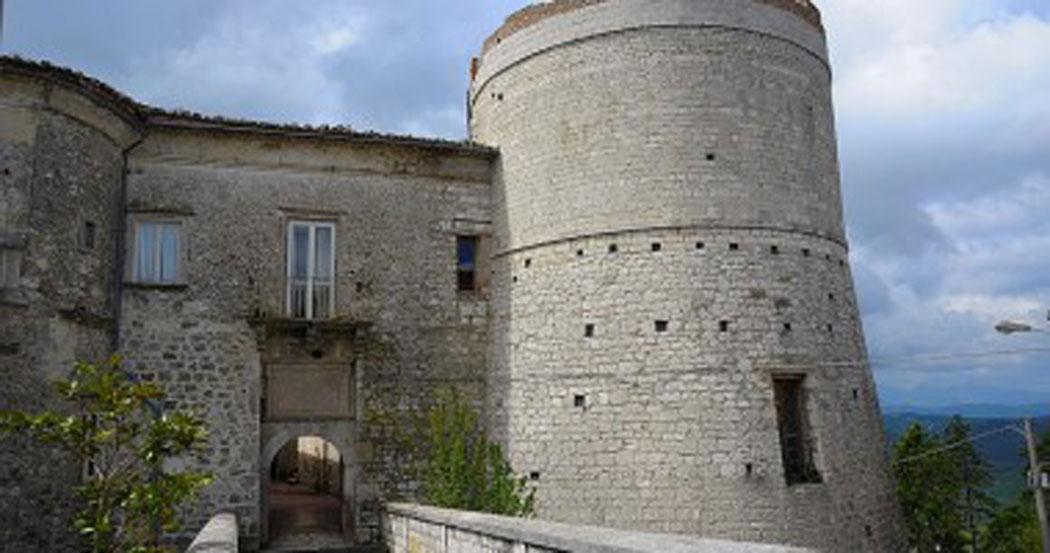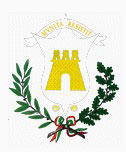

Ferrazzano is a medieval town in the heart of Molise on a hill close to Campobasso. From his castle the view reaches the Matese, the Mainarde up to the Maiella mountain range and for this reason he was called the "sentinel of Molise".
Its history begins with the ancient and daring Samnite people and there are traces of ancient polygonal walls in the Torrione area. Here was the city of Ferentinum conquered by the Romans in 296 BC.
With the barbarian invasions, the population took refuge on a hill in a fortified castle initially under the control of the Lombard Fara di Azzone, which gave its name to the town, which depended on the Duchy of Benevento. For a time the castle was also owned by the ancestors of the great Totò.
The village then developed around the castle and still maintains its alleys and typical medieval houses.
During the Middle Ages the castle had several families such as the Caldora, the Carafa who give name to the castle, the Almirande family and the Di Sangro.
Its history begins with the ancient and daring Samnite people and there are traces of ancient polygonal walls in the Torrione area. Here was the city of Ferentinum conquered by the Romans in 296 BC.
With the barbarian invasions, the population took refuge on a hill in a fortified castle initially under the control of the Lombard Fara di Azzone, which gave its name to the town, which depended on the Duchy of Benevento. For a time the castle was also owned by the ancestors of the great Totò.
The village then developed around the castle and still maintains its alleys and typical medieval houses.
During the Middle Ages the castle had several families such as the Caldora, the Carafa who give name to the castle, the Almirande family and the Di Sangro.
Continua a leggere la storia
In fact, the castle was rebuilt between the fifteenth and sixteenth centuries after being destroyed by the 1496 earthquake.
Its reconstruction continued until the seventeenth century and this gave it a less austere and more palace-like appearance, as was customary in the Renaissance.
The manor has two large side towers that seem to arise from the relief, the walkway of the soldiers on guard is recognized, and is accessed via a stone bridge, and an arch with the coat of arms of the Carafa family, which leads into a courtyard with a well.
Among the churches, the main one is that of Santa Maria Assunta with its austere but serene Norman style with the 1200 portal enriched by a lunette and carved floral friezes.
Inside it has three naves and was rebuilt in the early 1700s after lightning had destroyed the previous church. Note an interesting pulpit supported by three-lobed arches and marble columns with richly inlaid capitals. Note an important organ on the entrance side.
Ferrazzano is part of the National Association of Oil Cities and its territory is close to the Tratturo Ponte della Zittola-Lucera, the ancient paths of the shepherds while traveling to the mountain pastures in summer and those to the sea in winter, which today they are considered UNESCO intangible heritage.
Its reconstruction continued until the seventeenth century and this gave it a less austere and more palace-like appearance, as was customary in the Renaissance.
The manor has two large side towers that seem to arise from the relief, the walkway of the soldiers on guard is recognized, and is accessed via a stone bridge, and an arch with the coat of arms of the Carafa family, which leads into a courtyard with a well.
Among the churches, the main one is that of Santa Maria Assunta with its austere but serene Norman style with the 1200 portal enriched by a lunette and carved floral friezes.
Inside it has three naves and was rebuilt in the early 1700s after lightning had destroyed the previous church. Note an interesting pulpit supported by three-lobed arches and marble columns with richly inlaid capitals. Note an important organ on the entrance side.
Ferrazzano is part of the National Association of Oil Cities and its territory is close to the Tratturo Ponte della Zittola-Lucera, the ancient paths of the shepherds while traveling to the mountain pastures in summer and those to the sea in winter, which today they are considered UNESCO intangible heritage.
Cover picture by Comune di Ferrazzano







Follow us